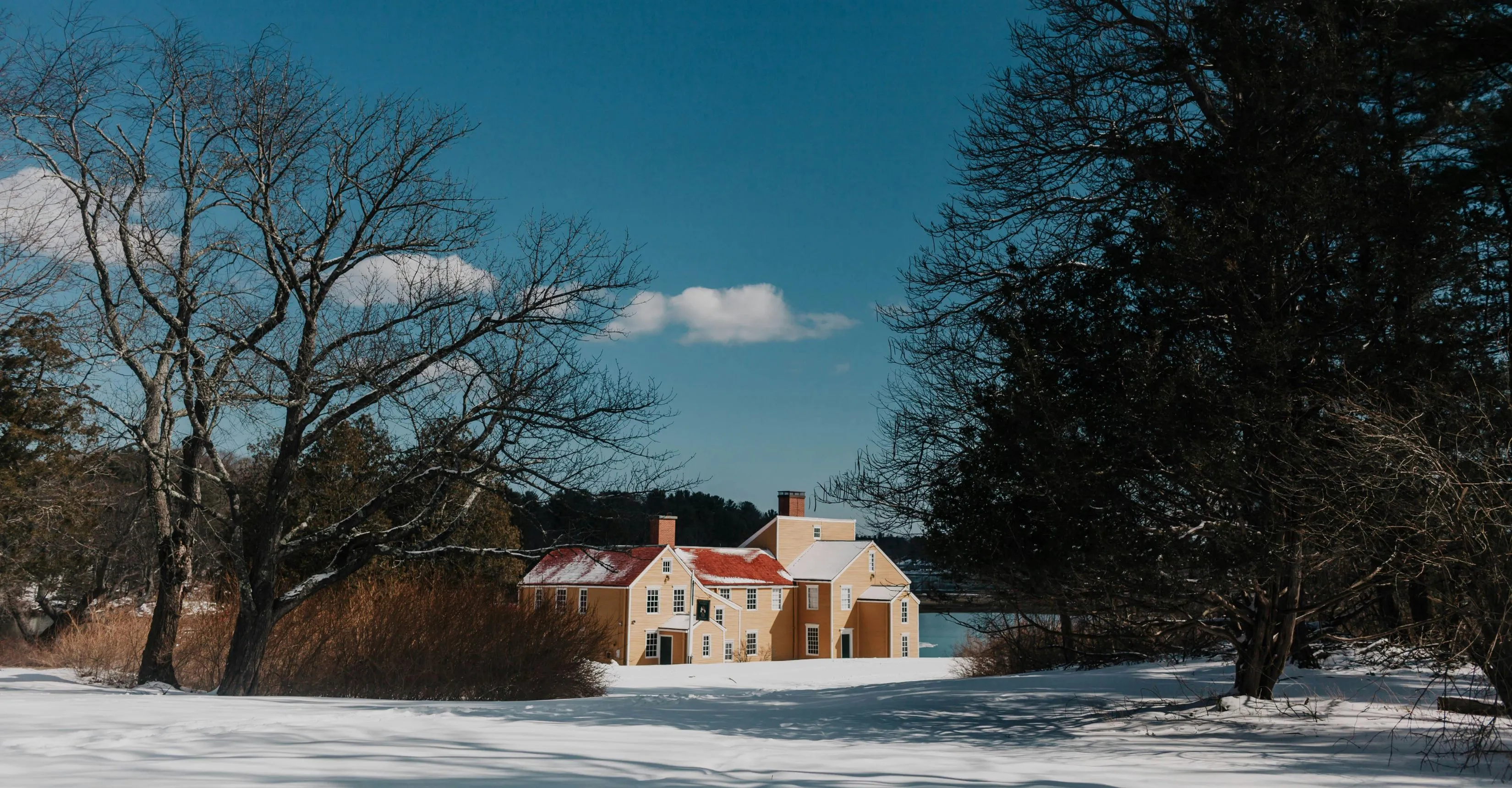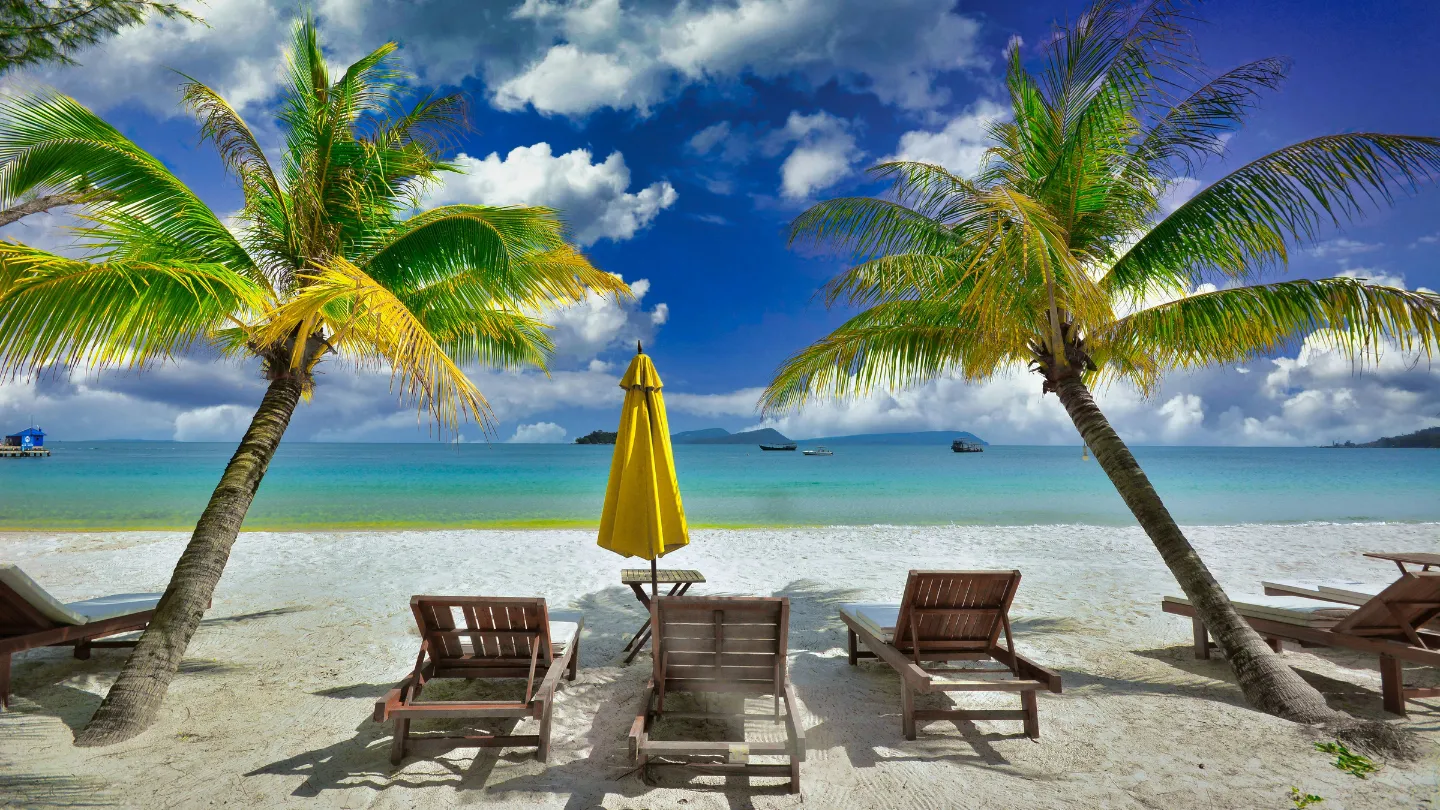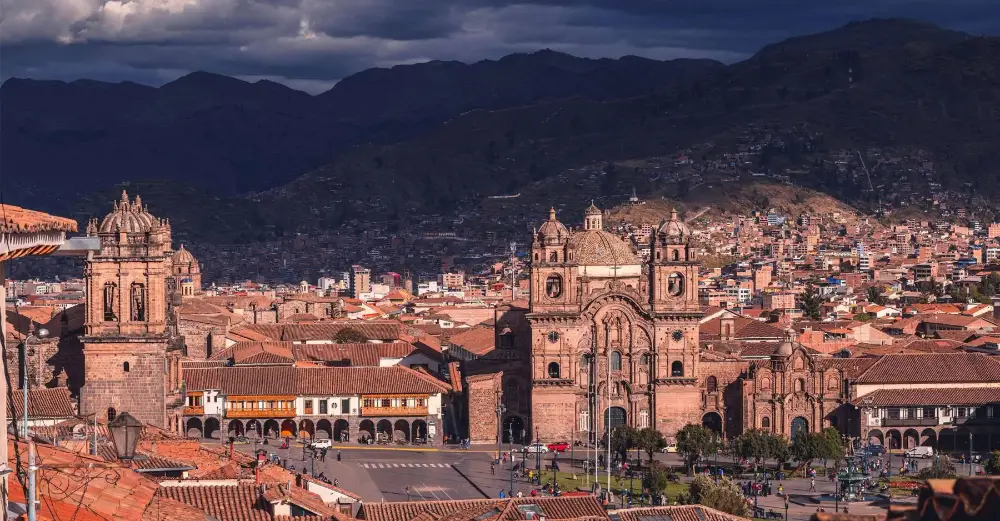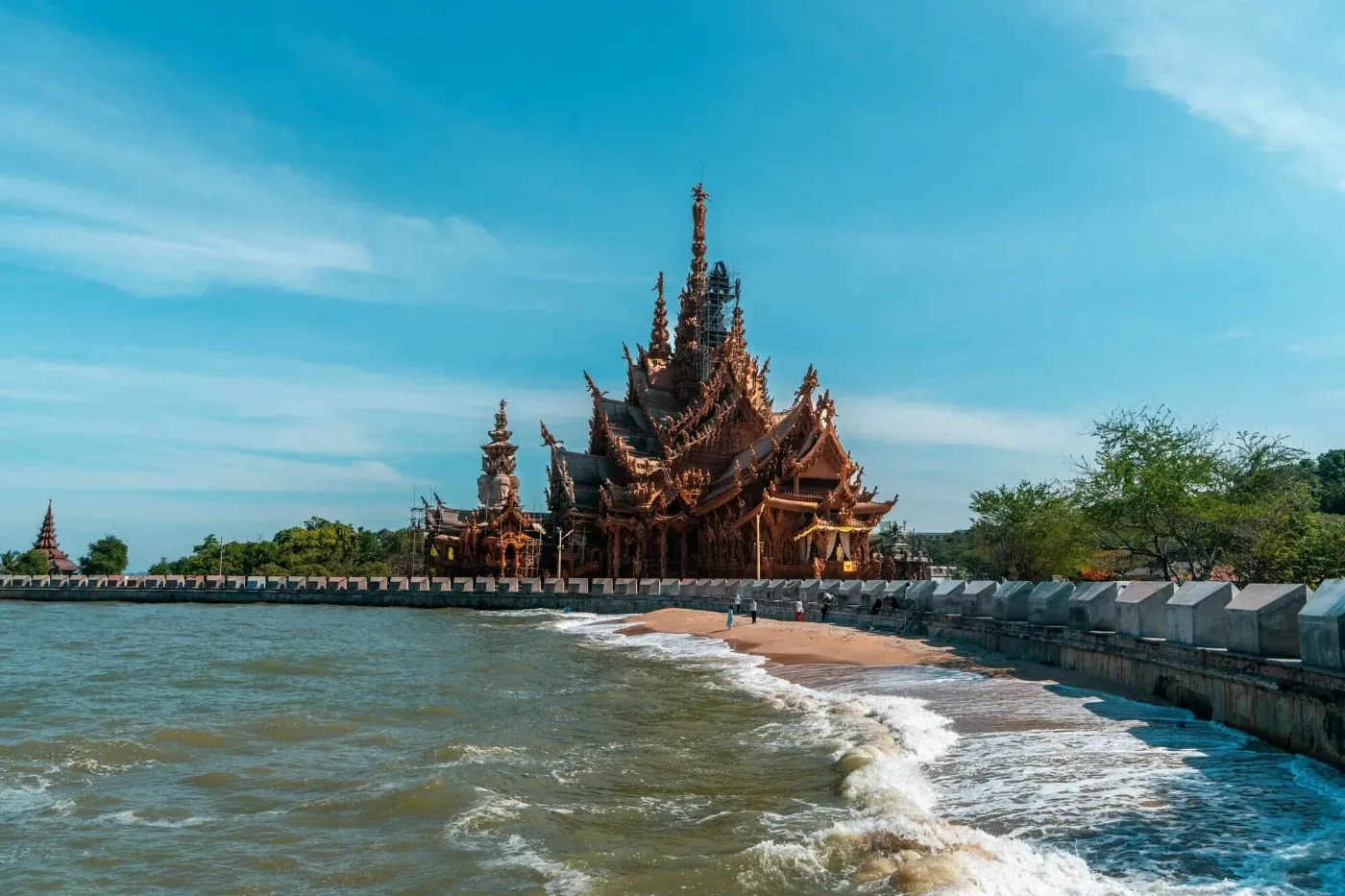Tucked deep in Northern Norway above the Arctic Circle, the town of Alta offers a vivid entry into the world of the Aurora Borealis, known also as the Northern Lights in Norway. With clear skies, minimal light pollution and a dramatic Arctic landscape, Alta has earned its reputation as one of the best Aurora Zones in Norway. Whether you’re drawn by the winter dance of green and violet lights overhead or by the remote wilderness and Sami heritage of the region, Alta rewards those who venture north. In this travel guide, we explore how to get there, what to experience, where to stay and how to make the most of your visit to this Arctic destination.
How to Get to Alta
Reaching Alta involves a few steps but the journey is part of the experience. From Oslo you can take a domestic flight to Alta Airport, which lies about 6 km from the town. For those coming from other parts of Norway or abroad, you might arrive via Tromsø and continue onwards. Once in Alta, local buses or taxi services will take you into the town or out to more remote viewing spots. The location above the Arctic Circle places you firmly within Northern Norway and the realm of the Aurora Zone in Norway, meaning you are well placed for Northern Lights tours and snow-based activities.
Deep Exploration of Alta, Norway
Northern Lights in Alta
Alta’s reputation is built on its favourable conditions for seeing the Northern Lights in Norway. Because the town lies inland with a relatively dry climate and fewer coastal clouds, clear skies are more frequent.
The best time to see the Aurora in Alta runs from late September through to early April, with the very darkest and most stable nights from December to March being prime.
When you join an Aurora Highlights tour in Alta, experienced guides will often drive you away from the light of town into dark valleys or up to higher plateaus for better viewing.
For photography of the Northern Lights in Alta: choose a wide-angle lens, set up on a tripod outside of town’s light pollution (for instance near the fjord or on higher ground), and aim for between about 21:00 and 02:00 when the Aurora activity is often at its best.
Arctic Nature and Winter Activities
Beyond the lights, Alta offers immersive Arctic nature and winter adventure. Dog-sledding, snowmobiling and snowshoeing across the snow-covered tundra and along fjords are regular offerings.One of the highlights: the inland plateau of Finnmarksvidda, which guides often use when local weather is less favourable by the coast—it delivers higher chances of clearer skies.
During the brief daylight hours of deep winter you can also explore local wilderness, and in the shoulder seasons (autumn or early spring) you’ll see more varied light and atmosphere as the Arctic shifts.
Culture and Heritage
Alta occupies a place at the heart of Sámi culture and Arctic heritage. The local Alta Museum showcases rock art that is on the UNESCO World Heritage list, illustrating ancient human presence in the region.
The Northern Lights Cathedral (Nordlyskatedralen) in Alta is a modern landmark – its architecture evokes the swirl of the aurora and adds a cultural dimension to your stay.
You can also partake in reindeer herder tours and enjoy local cuisine influenced by Sámi traditions and the Arctic environment — reindeer, Arctic fish and wild game feature on menus.
Get inspired to explore with The Peace Destinations
Things to Do in Edinburgh
- Join a guided Northern Lights tour or small-group trip into the dark countryside.
- Stay overnight in a Northern Lights hut or wilderness lodge near the fjord.
- Go on snowmobile or dog-sledding safaris across the Finnmarksvidda plateau.
- Visit the Northern Lights Cathedral and the Alta Museum rock art site.
- Explore the fjord coastline and, in season, look for whales or sea-basin activity near the Barents Sea.
- Embark on a photography tour focused on the Aurora, with instruction and gear tips.
- Combine your nights out under the sky with daytime winter walks or short hikes in visible daylight.
Where to Stay in Alta
- Luxury/unique stay: Consider wilderness lodges outside town that combine luxury with nature, often including glass-roofed huts for watching the Northern Lights or cabin stays on the fjord.
- Mid-range: Hotels in the town centre of Alta offer good amenities and ease of access to tours and restaurants.
- Budget/experience-driven: Choose smaller guest-houses or even remote camps which emphasise the wilderness experience, ideal for Aurora hunters.
Booking early is advisable in the Northern Lights season, especially for tours and special accommodation (such as Northern Lights huts).
Tips or Practical Advice
- Pack plenty of layers: Even when staying in town you’ll want a warm jacket, thermo-underwear, hat and gloves, especially for late night Aurora outings.
- Light pollution matters: For the best Northern Lights viewing in Norway, head away from town lights. Town-centred tours may still work but go further out when you can.
- Weather is crucial: Clear skies trump all. Use Aurora forecast apps and local weather updates to pick your nights out.
- Choose your timing wisely: While the season of Northern Lights in Norway spans late September to early April, December through March are the darkest and most reliable months.
- Respect local culture: You’re in Sámi country and Arctic wilderness—take care of the environment, follow trails, and be mindful of local rules.
- Stay flexible: The Aurora is a natural phenomenon—sometimes it appears strongly, sometimes it plays softly. Enjoy the Arctic night regardless.
Frequently Asked Questions (FAQs)
Q: When is the best time to see the Northern Lights in Alta?
The best time is from roughly October to mid-April, with peak viewing between December and March when nights are darkest.Q: How much time should I spend in Alta?
Two to three nights gives you a decent chance for the Northern Lights and one major activity; if you have more time you can include deeper wilderness trips.Q: Can I see the Northern Lights in Alta from the town itself?
Yes—in some cases you can spot them near town, but going further away from light pollution improves your chances significantly.Q: Is Alta better than Tromsø for the Aurora?
Alta has advantages such as fewer tourists, slightly more stable inland weather and lower light pollution compared with some coastal destinations like Tromsø. Q: What gear is needed for Northern Lights photography in Alta?
A DSLR or mirrorless camera with manual settings, a wide-angle lens (f/2.8 or wider), tripod and extra batteries are recommended. Also head out to dark skies away from town lights
The best time is from roughly October to mid-April, with peak viewing between December and March when nights are darkest.
Two to three nights gives you a decent chance for the Northern Lights and one major activity; if you have more time you can include deeper wilderness trips.
Yes—in some cases you can spot them near town, but going further away from light pollution improves your chances significantly.
Alta has advantages such as fewer tourists, slightly more stable inland weather and lower light pollution compared with some coastal destinations like Tromsø.
A DSLR or mirrorless camera with manual settings, a wide-angle lens (f/2.8 or wider), tripod and extra batteries are recommended. Also head out to dark skies away from town lights
Conclusion
Alta, Norway offers a compelling blend of Arctic wilderness, cultural authenticity and one of the world’s most accessible windows to the Northern Lights in Norway. Whether you’re planning an Aurora-focused getaway, a photography expedition or simply a winter escape above the Arctic Circle, Alta delivers. For more off-beat and hidden gems like this, you can explore The Peace Destinations website and build an itinerary that suits your pace and interest.
Alta, Norway offers a compelling blend of Arctic wilderness, cultural authenticity and one of the world’s most accessible windows to the Northern Lights in Norway. Whether you’re planning an Aurora-focused getaway, a photography expedition or simply a winter escape above the Arctic Circle, Alta delivers. For more off-beat and hidden gems like this, you can explore The Peace Destinations website and build an itinerary that suits your pace and interest.
Want to explore?
Explore the world with our highly expert guides and affordable tour packages. Book your next trip with us today or Get a quote for your next trip!









